|
Another superb soap making challenge was made possible by Amy Warden of Great Cakes Soapworks this month - and what a challenge this one was! I am generally able to get the challenge done on the first try, but this one was tricky for sure, and I gave it four attempts. To be fair, I didn't do it exactly as demonstrated the first or the fourth time :) With Acrylic Paint, I have seen many ways of doing this, but the simplest is to pour different colors into a cup and then quickly tip it upside down onto your canvas, creating interesting combinations of colors and oftentimes creating "cells" in the mix (silica is added to the paint in order to maximize this effect). Soap doesn't react with itself in the same way, so the cells are elusive at best. And, with the caustic nature of the soap batter during this part of the process, there is some concern about tipping the cup over and splashing the rest of the room :0 So, our guest instructor this month, Joanne Watkins from Nature's Potions Handmade Soaps, demonstrated a safer way to get similar looking works of soap art. Because of my previous unsuccessful batches, I decided to use a very small, six bar mold. It actually was perfect for the size of the implements used here and I place much of the success here with the ratio as well. I put the columns in the center of the mold, fixing them down with a bit of melted cocoa butter. I poured alternating colors into each column. With the brown (made with cocoa powder) I filled until I ran out of soap batter. With the blue/purple (alkanet root, I do think it will turn purple as it cures...) I filled to the top of the very small tube. I decided I wanted more blue so I shored up the edges a bit by pouring along the wall at the corners. After pulling the columns up, and letting them drip a bit (helps to give the illusion of those "cells"), the mold is tilted back and forth until you get the look that you are satisfied with. No spinning!!! Just gentle motion back and forth. This was where the problem began with my previous batches, but the consistency was right on here and the color actually moved a bit, which didn't happen in my previous attempts. These bars turned out pretty nice - a little thin, as I had calculated to use more of the blue/purple, not thinking about the small volume of the center tube. But they are certainly a beautiful addition to my line of organic bath soaps. The scent I chose is ylang ylang and orange with a touch of mint. There is also a bit of cocoa scent coming through, so with my fourth batch I switched the position of brown and blue, which resulted in a sweeter scent.
Overall, these are great! And, my customers are sure to love them! Thank you Amy and Joanne! Learned something new - again!!!
4 Comments
Coconut Oil has been greatly talked about in recent years, promoting many benefits - digestive health, anti microbial properties and scar healing just to name a few. If you want to get technical, it is comprised of 49% Lauric, 19% Myristic, 9% Palmitic, 8% Oleic and 2% Linoleic Acids (found at www.lovingsoap.com). Here at ASC Soapworks, with the majority of our shelves being filled with Vegan friendly soaps, we use coconut oil in nearly all of our recipes. In addition to possessing a high cleansing power, it helps to produce the thick, stable lather that everyone loves about our soaps.
Along my soap making journey, I have read numerous times that you are not to use more than 30% coconut oil without risking the chance of creating a bar that dries out the skin. Susan Cavitch has a 100% liquid coconut oil soap recipe in her book The Soapmaker's Companion, that she calls Seafarer's Soap. She provides a caution that this soap, although the most effective liquid soap, may be a sensitizer for some people. We make a similar pure liquid coconut oil soap, which I use regularly for our laundry, and I feel it is a wonderful product. But I do, along with others, relate the squeaky clean feel that it leaves with a sense of drying out the skin. This is why I choose to use it for laundry and other cleaning products that I make. I believe that using a mixture of oils in making hand soap would serve the skin better. Researching this topic now, I see that there are many people out there that love pure coconut oil soaps, and more contemporary soap makers couple it with a 20% superfat to temper the drying effect. We actually use just over 30% in our bar soap recipes, coupled with other oils and a fair amount of superfatting. I am intrigued by this, and will be experimenting with making this pure oil bar of soap. It will be a wonderful addition to the Pure Olive Oil and Pure Avocado Oil soaps that are available today. So, come back and look for our Pure Coconut Oil Soaps in the future! In addition to coconut oil soaps, if you haven't sampled our Apricot Sugar Scrub, made with Coconut Oil, Apricot Seeds and Brown Sugar, you are truly missing out on a wonderful treat for your skin! To purchase any of our bar soaps, of which coconut oil comprises a full third, you can check out our full line of Signature Series and/or Artisan Series soap bars. If you are interested in giving our Liquid Coconut Oil Soaps a try, you can purchase them here. The Apricot Scrub can be found here. Yay! for Coconut Oil Soaps!!! |
Details
TaralynColorado Artisan, making beautiful hand-crafted soaps with all natural ingredients. Archives
August 2025
CategoriesCategories
Comment Policy
We follow Grandma's rule here: If you don't have something nice to say, don't say anything at all. While constructive criticism is always welcome, keep it polite, considerate and friendly. These are simple rules that, if not followed, will result in the deletion of the comment. Thank you. |
|
|
Our soaps and body care products are handcrafted the old-fashioned way, in Boulder County, Colorado by your local Soap Making Artist, Taralyn. Small artisan batches allow for considerable attention to detail during all stages - soap making, hand cutting, six week cure time and hand wrapping - an extensive journey that nurtures the formation of the perfect bar of luxury soap. And to make it even better, we will deliver to your door! Shop by Signature or Artisan, by scent families, ingredients or by name. So much to explore! Check out our collections today!
|
Contact
|
About
Get to Know Your Soap Maker!
|
Customer Service
ASC Creative Credits
|
Other Goodies
Community Connection Blog
Wild Rovings Blog
Why Palm Oil?
Organic Label
|
Copyright © 2009-2025 ASC Soapworks, llc, All rights reserved.


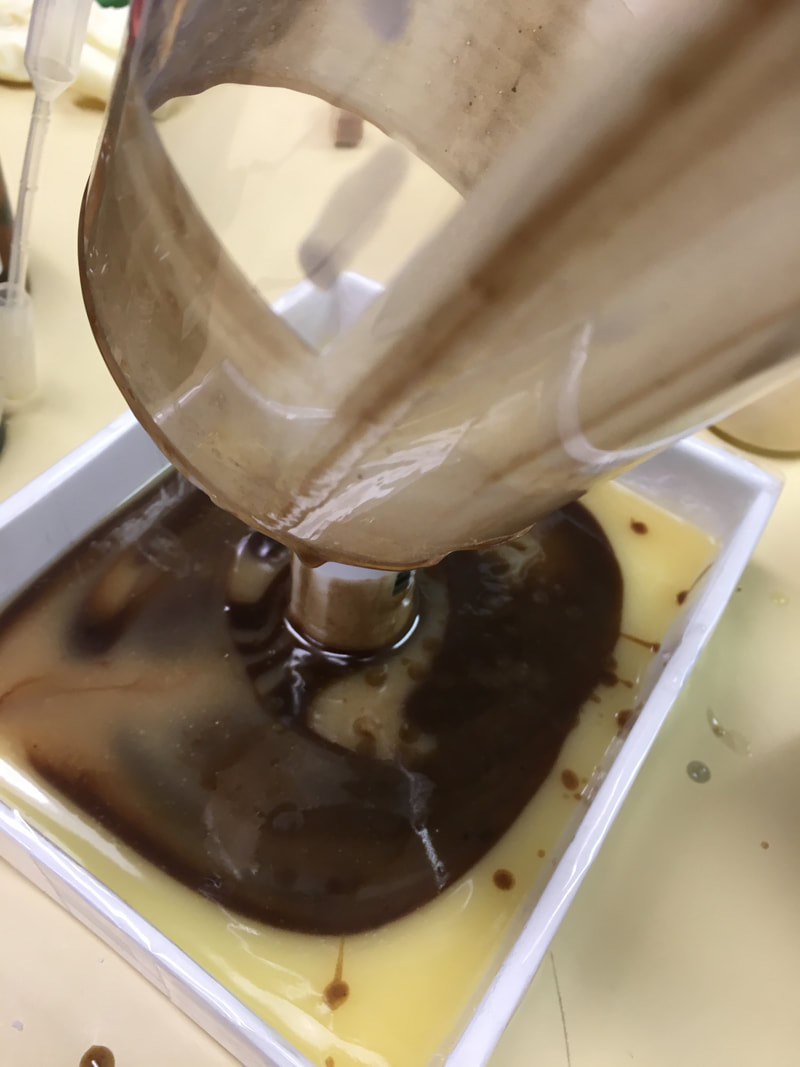

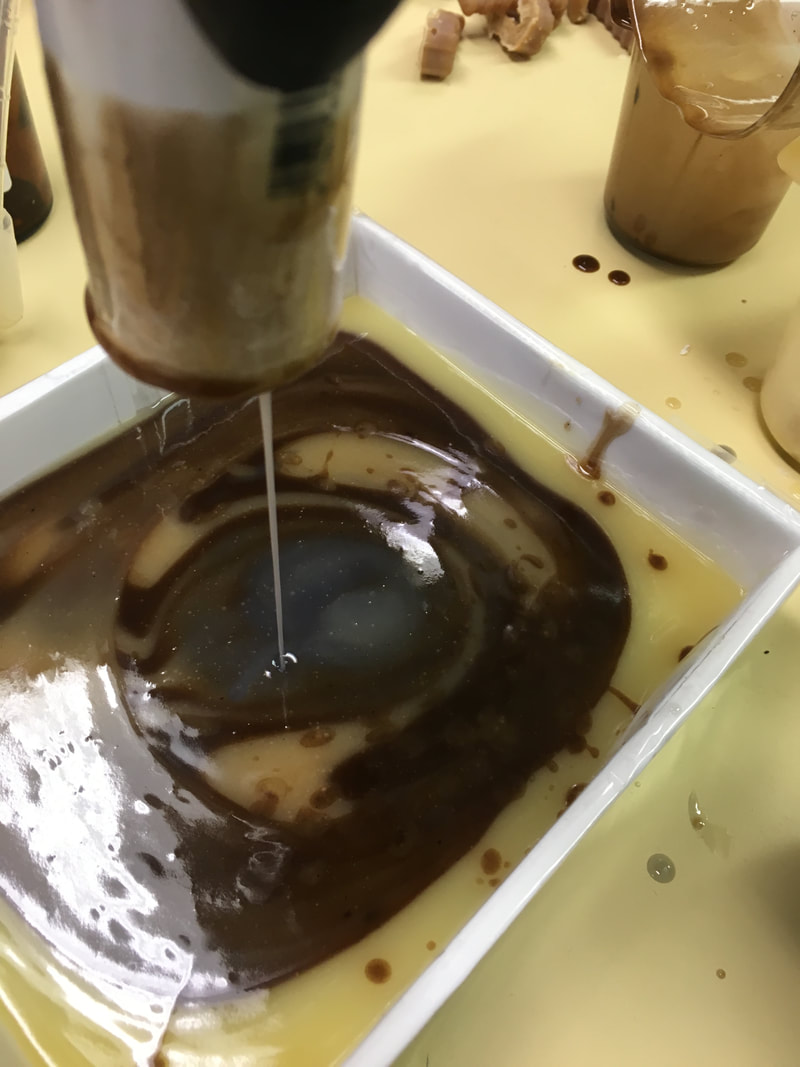
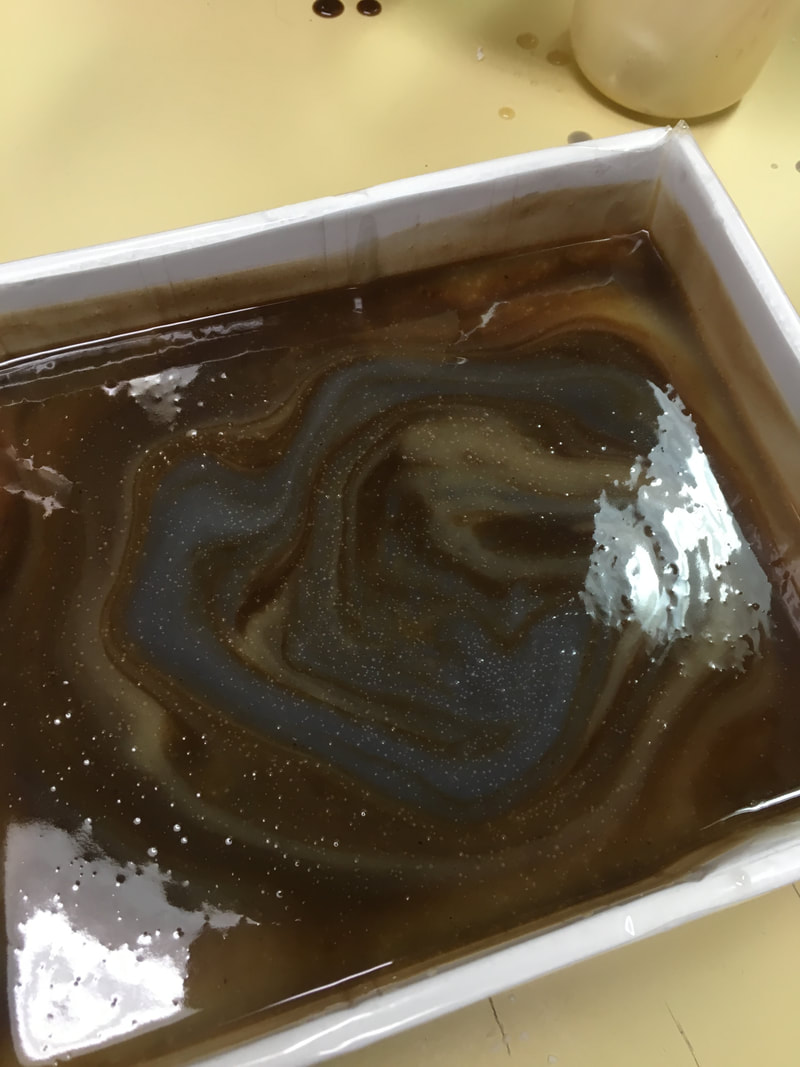
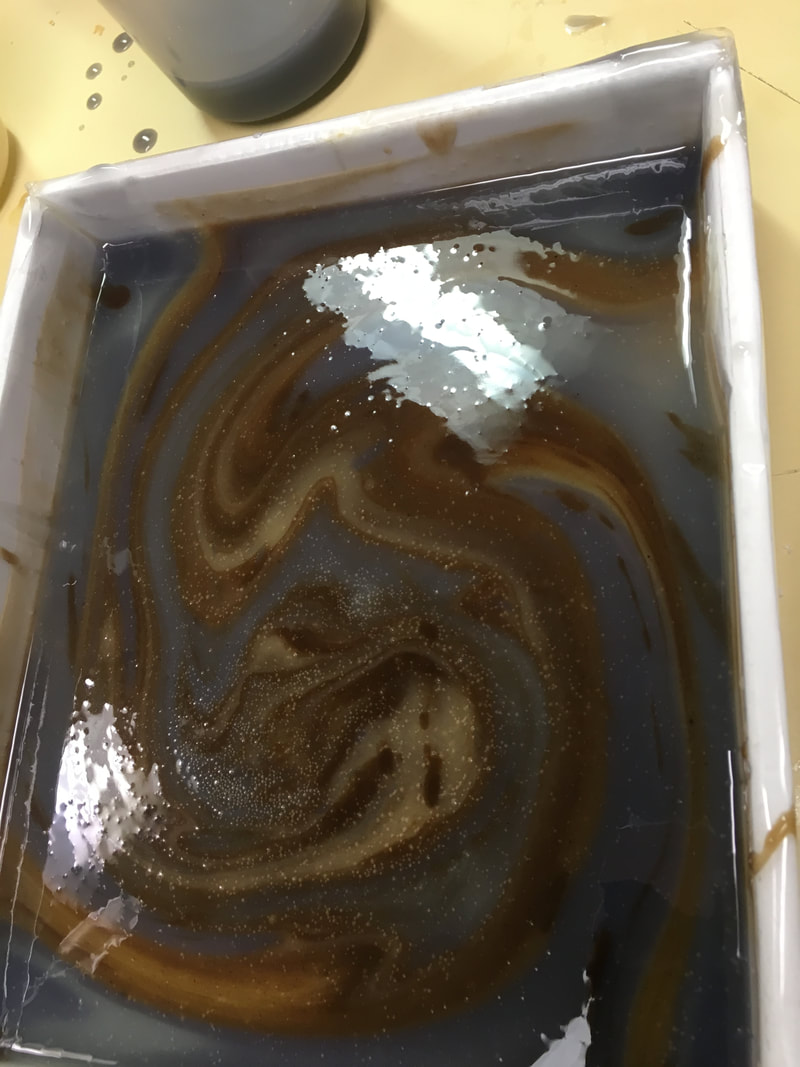


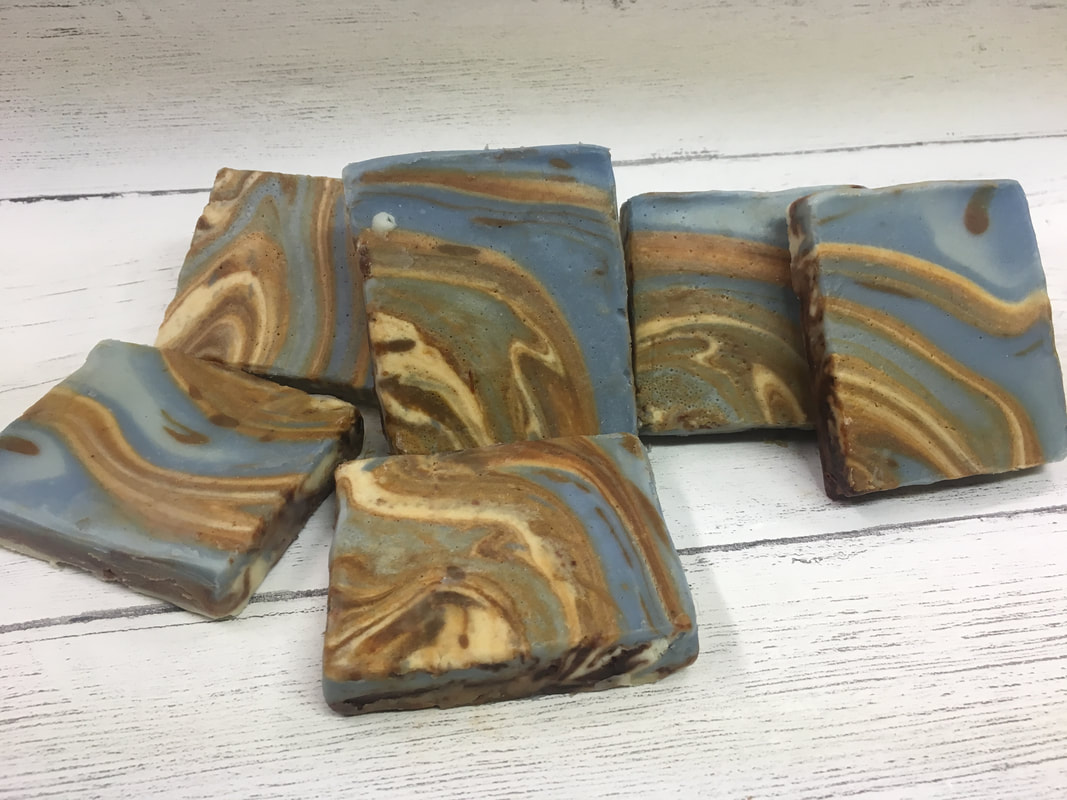

 RSS Feed
RSS Feed

